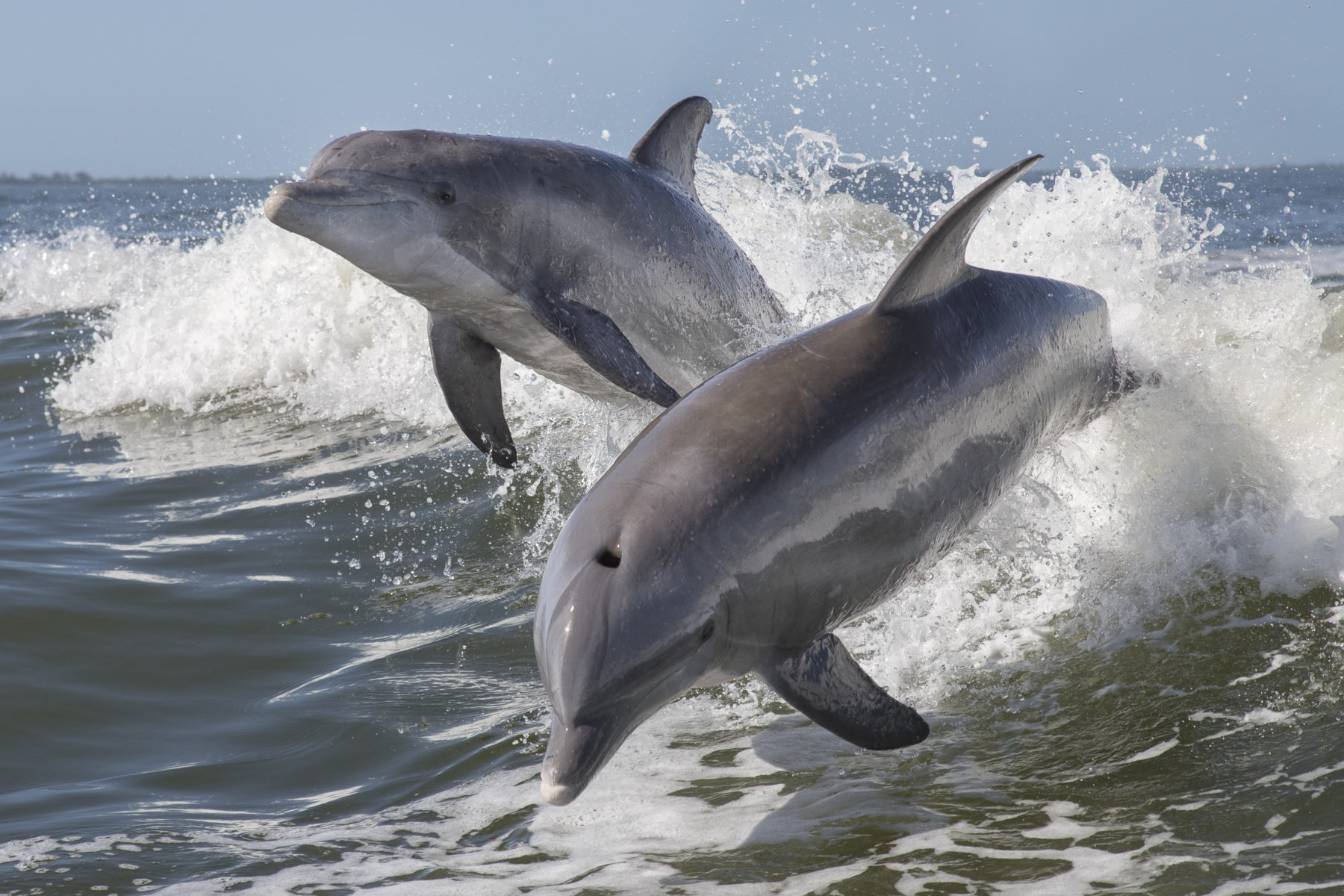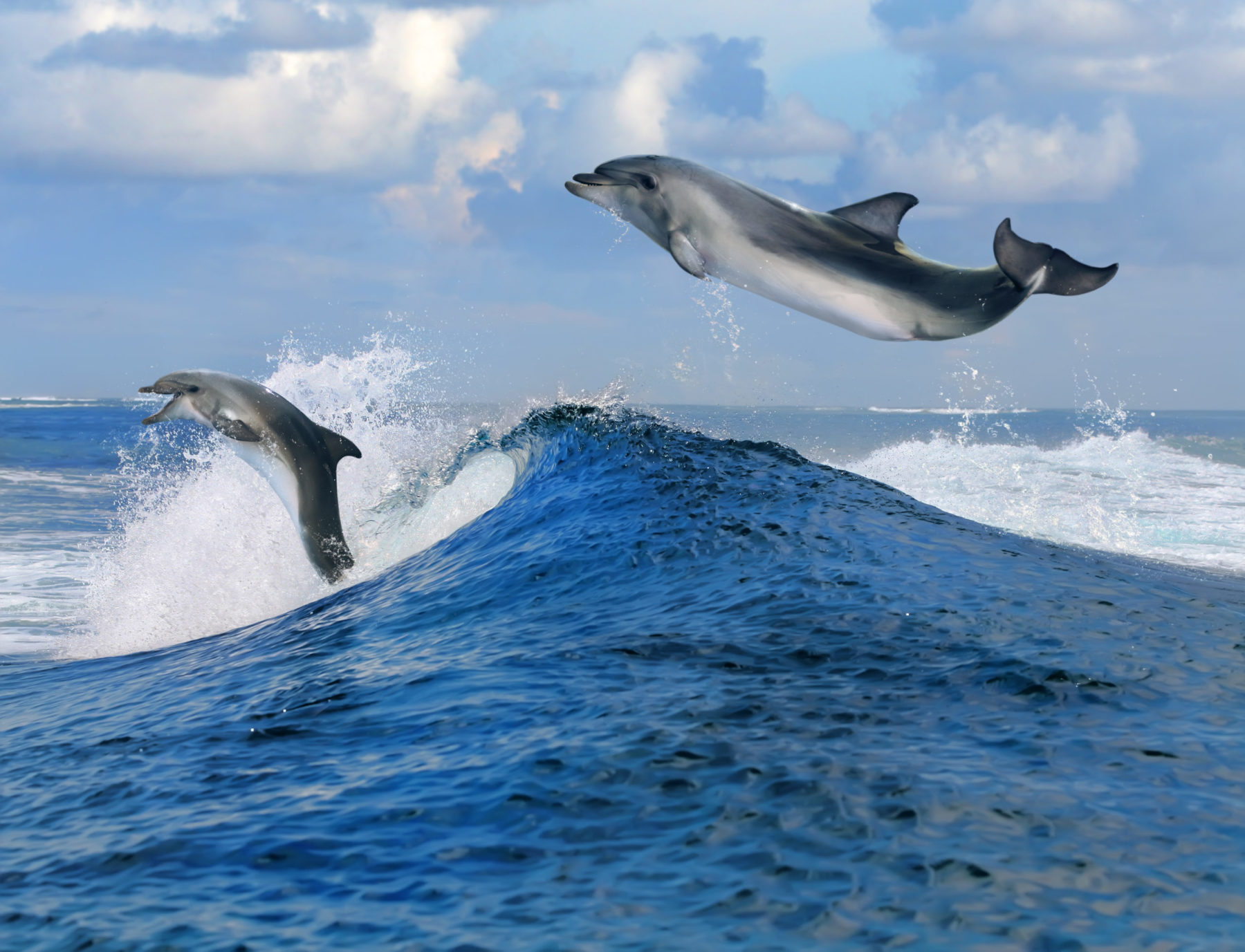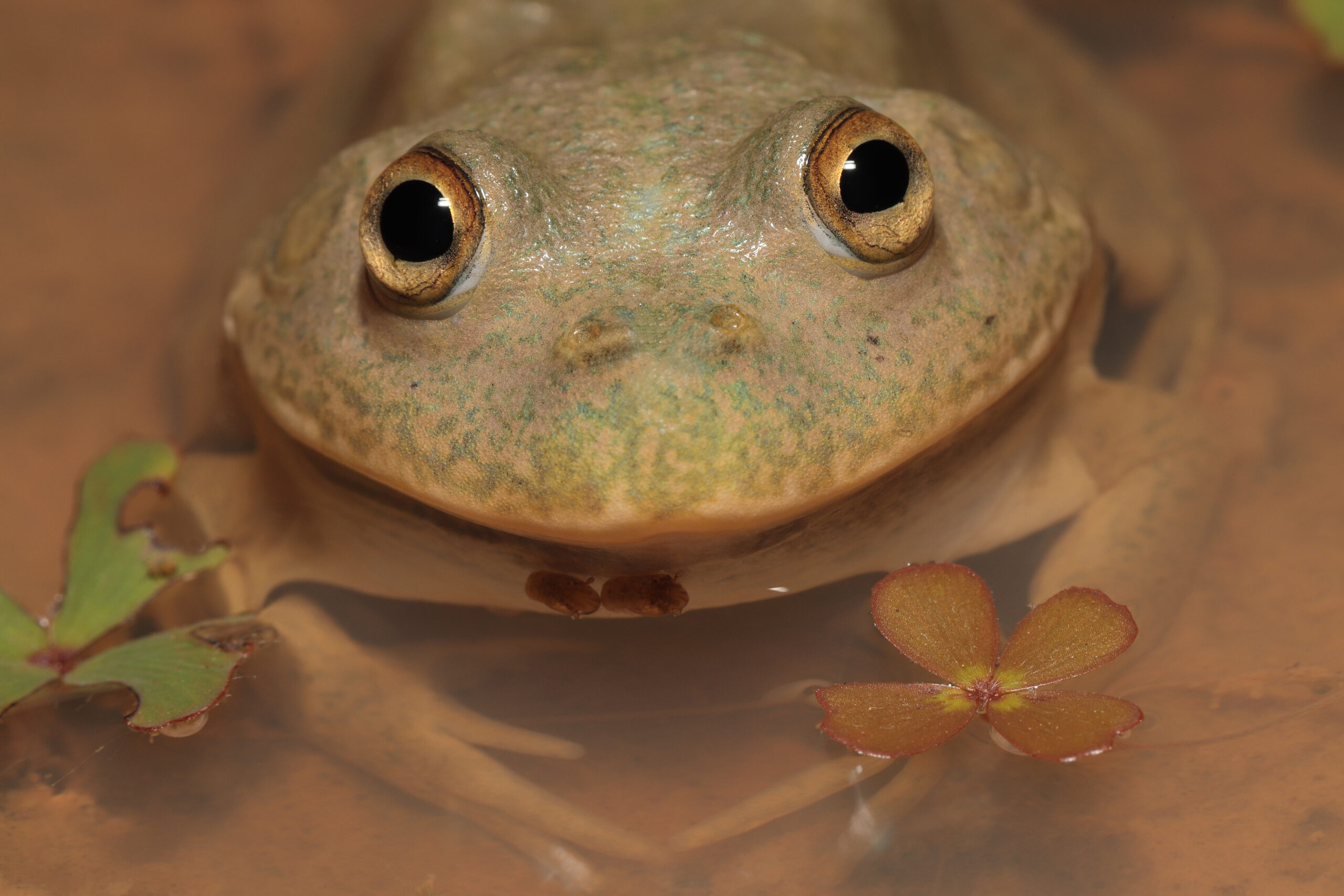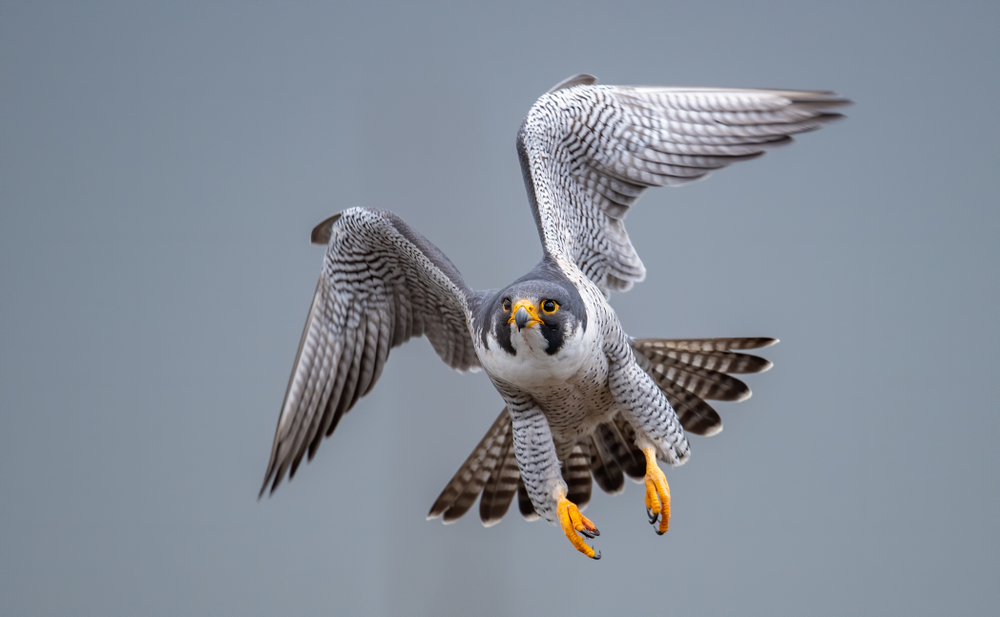| Common name | Bottlenose dolphin |
| Scientific name | Tursiops truncates |
| Type | Mammal |
| Diet | Carnivore, eating mostly fish but also crustaceans such as shrimp and squid |
| Average lifespan | Up to 45 years |
| Size | Two–four metres in length |
A much-loved and recognised marine animal found in temperate waters across the world, the bottlenose dolphin is a keen communicator and loves to frolic and have fun in the ocean.
Making its home in a broad range of habitats, this dolphin lives in coastal areas and bays but can also be found far out to sea, either just off or quite close to a continental shelf edge. Existing worldwide, the bottlenose dolphin is found right around the coast of Australia.
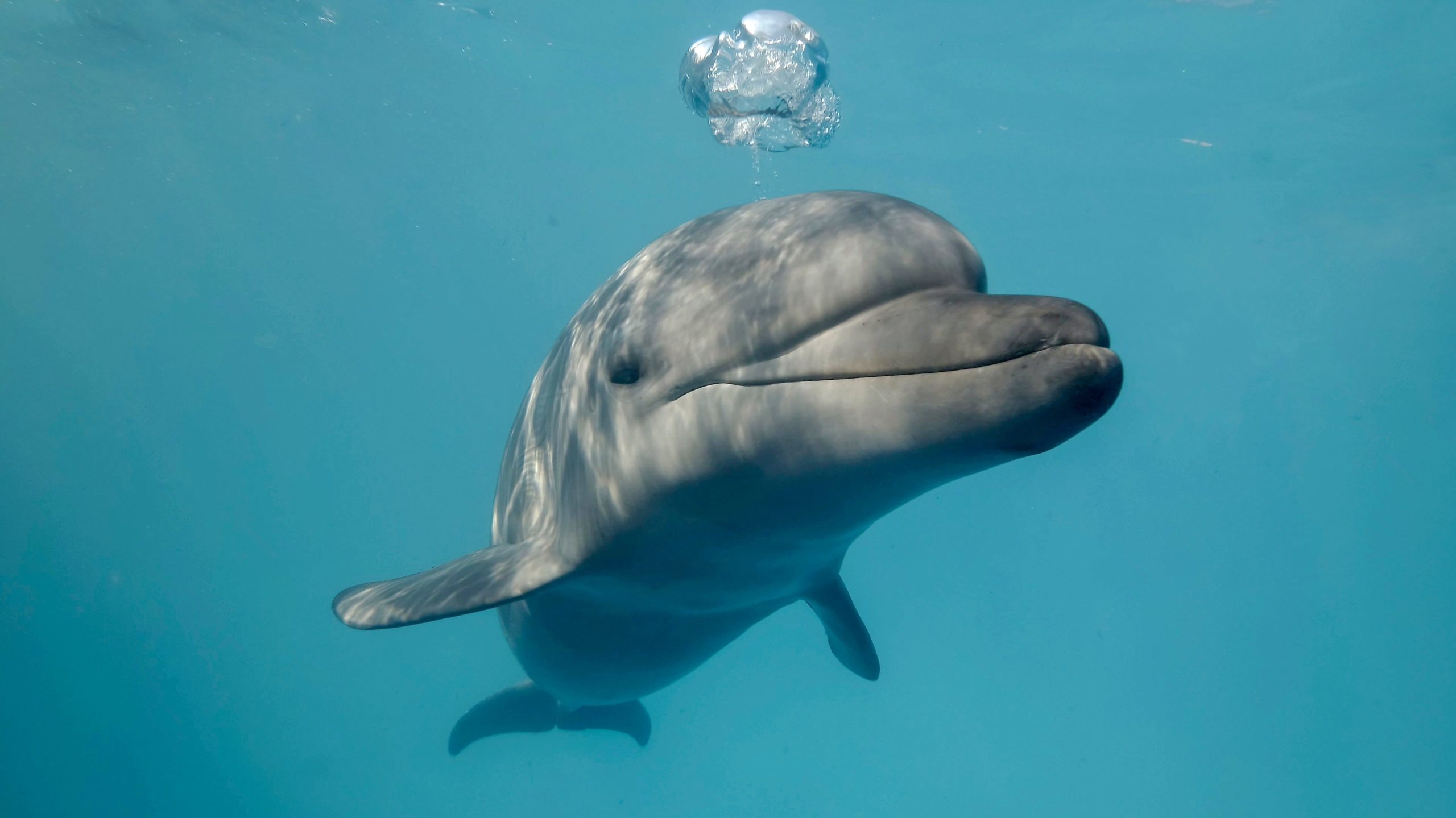
Their short, rounded snout (that is often described as bottle-shaped) and their slightly hooked dorsal fin combined with a sleek, streamlined, fusiform body create a species well suited for ‘acrobatics.’ This dolphin can launch itself up to five metres out of the water in an impressive flip or breach, before crashing back down with a splash. Scientists aren’t 100% sure why bottlenose dolphins engage in this leaping behaviour but speculate that it may be a way of cleaning parasites off their bodies, getting a better view of the horizon, to communicate with their pod or just for fun!
There are two recognised types of bottlenose dolphin, the ‘inshore’ form and the ‘offshore’ form which could possibly be different species. With slight physical variations, both types are commonly seen in pods, swimming with between two or three other dolphins, to up to one thousand.
Highly social, the bottlenose dolphin often works together in teams to find food and then feed together on a range of organisms including bottom-dwelling fish, invertebrates, squid, and a range of pelagic fish species. These dolphins use a technique known as echolocation to navigate and find food sources, where they send ultrasounds in the form of high-pitched clicks through the water that bounce back to the dolphin as echo’s and can be decoded in the animal’s melon or head just like a sonar.
Agile and swift, the bottlenose dolphin can dive as deep as 250 metres below the water surface and reach speeds of up to 30km per hour as they glide through the ocean. These mammals are true water babies but must still come to the surface to breathe air. Holding their breath under the water for up to seven minutes, the bottlenose dolphin must then open its blowhole above the water to inhale and exhale and can cleverly close this opening in the top of their head once under water again.
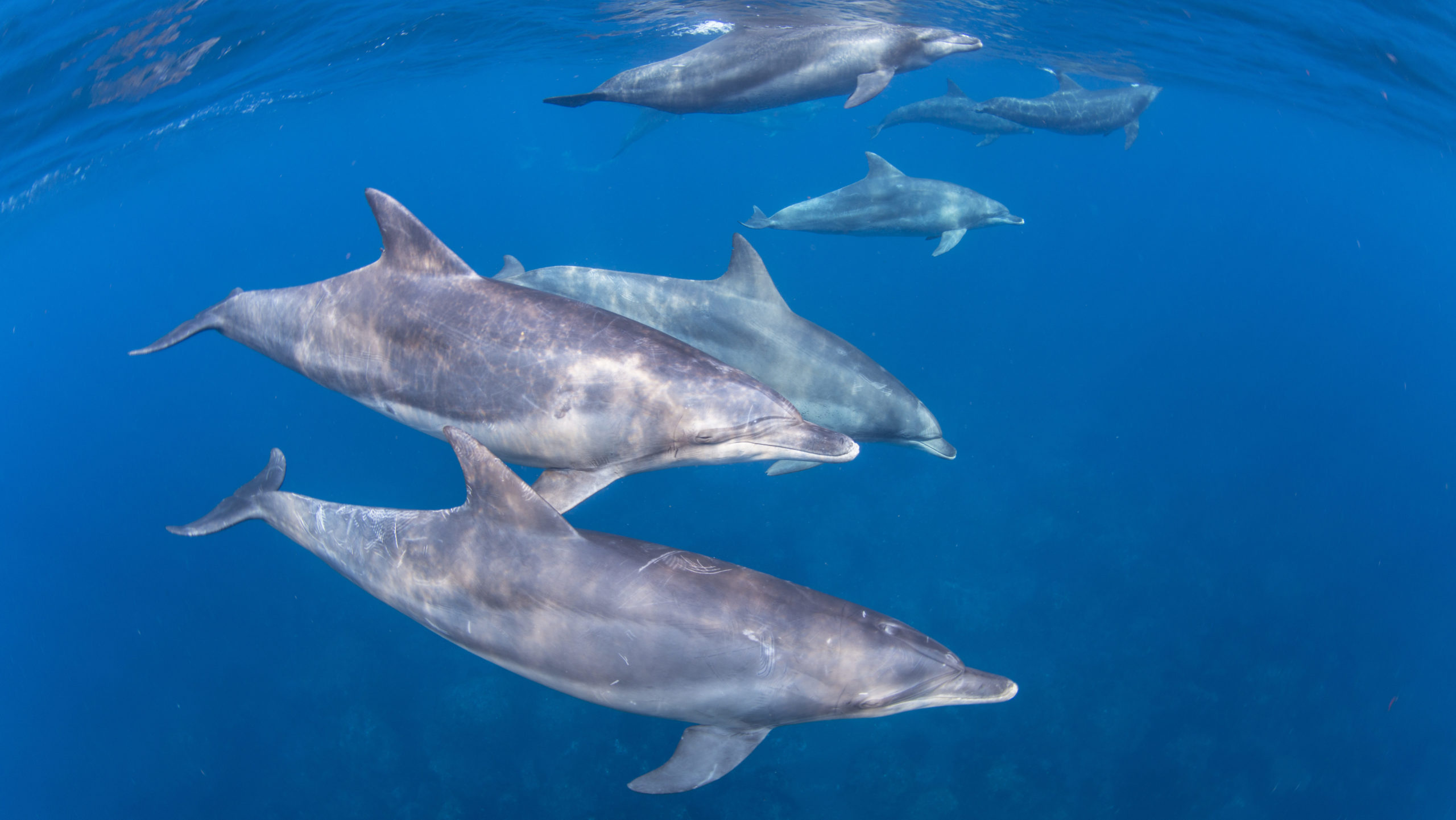
Dolphin calves are born in the water and like all mammals, drink milk from their mother for 18 months, and remain with her for around four years. Highly social animals, an additional dolphin usually helps the mother to take care of the calf in a role similar to that of a midwife.

